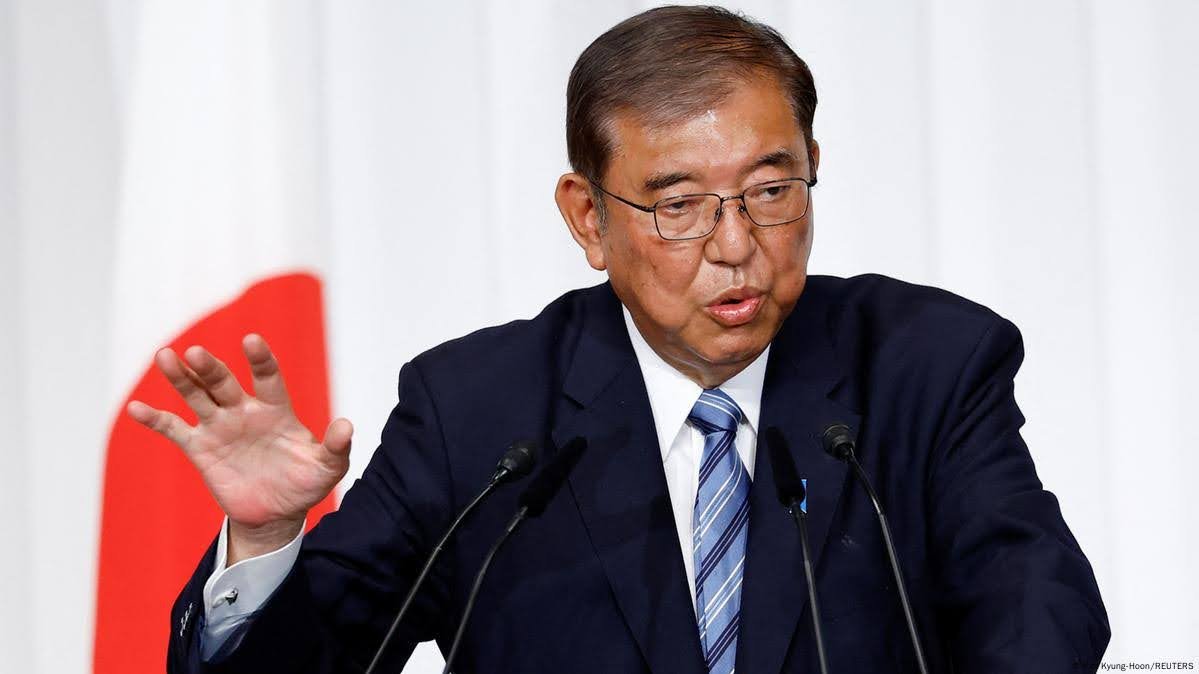Japan’s economy is showing unexpected strength in 2025, even as political upheaval grabs headlines.
Revised second-quarter GDP figures reveal a robust annualized growth rate of 2.2%, up significantly from the initial 1.0% estimate, driven by a surge in consumer spending and inventory gains.
Meanwhile, the sudden resignation of Prime Minister Shigeru Ishiba has sent the yen sliding and stocks soaring, creating a complex landscape for investors and policymakers.
Stronger-Than-Expected Economic Growth
The Cabinet Office reported that Japan’s economy grew at a 0.5% quarter-over-quarter rate in Q2 2025, surpassing the preliminary 0.3% estimate. This upward revision, announced on September 8, 2025, reflects:
- Consumer Spending Surge: Private consumption rose 0.4%, double the initial reading, fueled by increased spending on dining, gaming, and entertainment.
- Inventory and Investment Gains: Corporate investments and inventory build-ups, particularly in restaurants and gaming industries, bolstered growth.
This marks Japan’s fifth consecutive quarter of expansion, signaling resilience despite inflationary pressures and global uncertainties.
Consumers are adapting to post-pandemic realities, prioritizing experiences over goods, a trend that could sustain economic momentum.
Political Shockwaves: Ishiba’s Resignation
The GDP revision coincides with a political bombshell: Prime Minister Shigeru Ishiba resigned on September 7, 2025, after election losses weakened the Liberal Democratic Party’s (LDP) grip on power.
This timing highlights a disconnect between Japan’s economic strength and its political instability.
Potential successors, like LDP veteran Sanae Takaichi, advocate for looser fiscal and monetary policies, criticizing the Bank of Japan’s (BOJ) recent rate hikes.
Analysts predict the BOJ may pause tightening until a new leader is confirmed, potentially prolonging low interest rates.
Market Reactions: Yen Falls, Stocks Rally
The political uncertainty triggered immediate market shifts:
- Yen Weakens: On September 8, the yen dropped 0.7% against the U.S. dollar to 148.43 and slid over 0.5% against the euro and sterling, reflecting fears of sustained loose policies.
- Stocks Soar: The Topix index hit a record high, and the Nikkei surged as investors bet on pro-growth leadership.
- Bond Yields Climb: Yields on 30-year Japanese government bonds (JGBs) reached peaks amid market volatility.
These movements suggest a market optimistic about growth but wary of rising debt and currency depreciation.
Opportunities and Challenges Ahead
Japan’s economic resilience is bolstered by external factors, such as a recent U.S.-Japan trade deal lowering tariffs on automobiles and other exports. However, challenges loom:
- Export Slowdowns: Global trade tensions could dampen export growth in Q3 2025, offsetting consumer gains.
- Global Influences: A softening U.S. jobs market and Federal Reserve decisions could widen interest rate differentials, potentially reviving the yen carry trade.
The next prime minister’s policies will be critical. Prioritizing stimulus in thriving sectors like green tech and digital services could amplify Japan’s economic momentum.
Why This Matters for Investors
Japan’s Q2 growth and political shifts offer key takeaways:
- Consumer Strength: The rise in spending on experiences signals opportunities in entertainment, hospitality, and tech sectors.
- Policy Watch: The LDP’s leadership race will shape fiscal and monetary policies, impacting markets and currency values.
- Global Context: Japan’s ability to navigate U.S. tariff threats and geopolitical flux could position it as a model for resilient economies.
As Japan balances economic vigor with political uncertainty, investors should monitor the LDP’s next moves and BOJ policy shifts. The coming weeks will determine whether Japan’s economic engine can sustain its momentum or falter under new leadership pressures.

